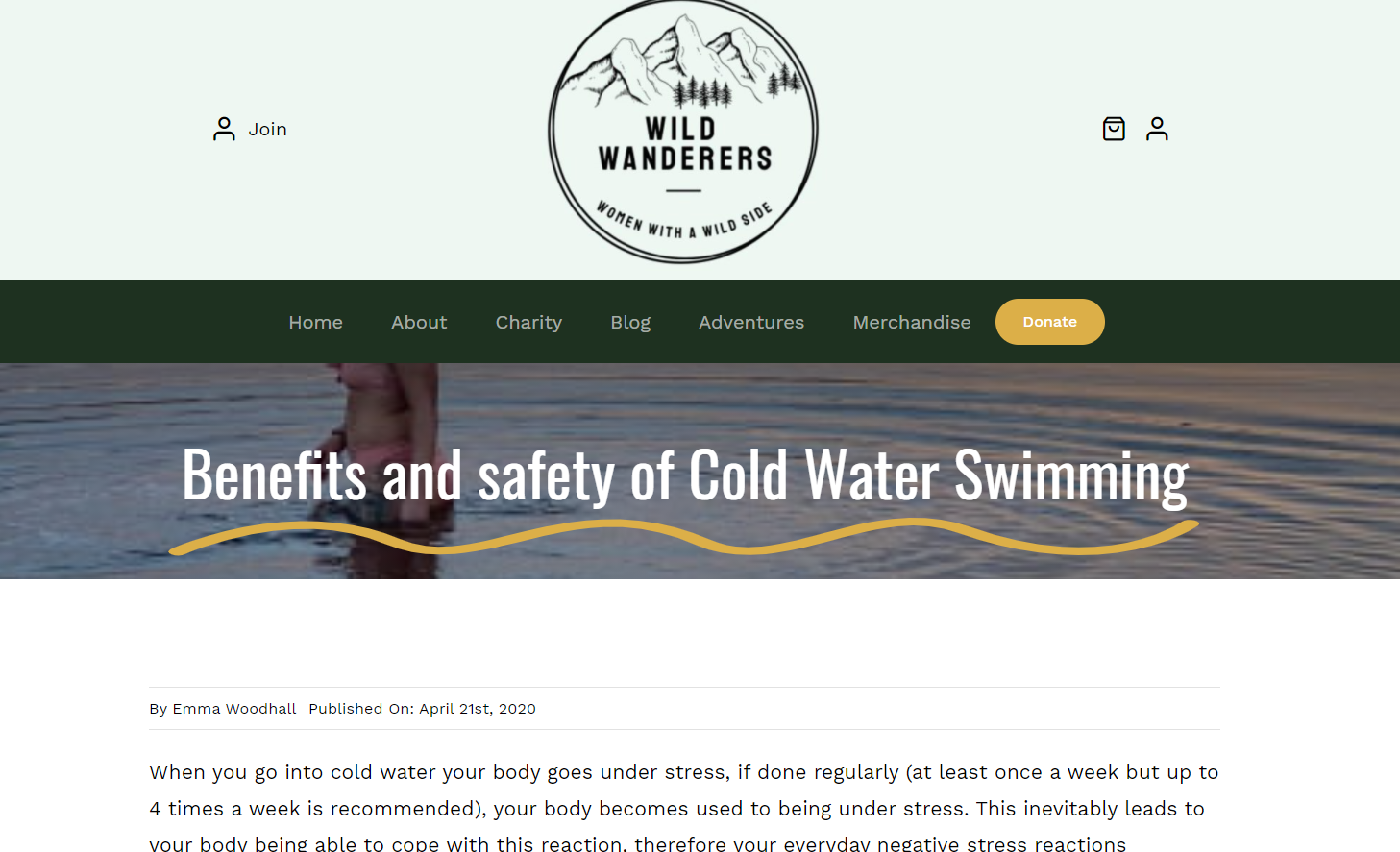With the internets content overload, how can you stand out from the crowd with your content and write a successful blog?
There are about 70 million blogs being posted monthly by WordPress users [1]. So why compete with all of that content and how will it help you?
A blog for your website can help you in many ways. From increasing your site traffic using SEO (To find out how a blog can help your SEO read this post), to creating new leads or customers for you business, or even sharing information with current visitors or customers.
There are many reasons for you to share blog content, but how can you ensure you write a successful blog?
Step 1 – Pick your topic
In a similar vein of, ‘what makes your business unique?’ You should find your niche in blog content. This could also mirror what it is that makes your business stand out from the crowd. If you are still struggling to pinpoint your topic, here are a few questions that you may want to ask yourself:
- What kind of people do you want finding you?
- Who are your target audience?
- What questions do they want answering?
- What do you want from them?
- How can you help them?
Here is an example of a unique blog topic from one of my clients – Benefits and safety of Cold Water Swimming – Wild Wanderers

Step 2 – Pick a catchy headline
Now you have a topic in mind, you need to title your post. Keep it short, sweet and easy.
With a headline that catches your eye straight away and seems to answer your answers quickly and easily, you are bound to have a successful blog. Your target audience will want to find the answer you are sharing.
Step 3 – Start writing
The best way of starting your blog if you are not used to it, is structuring the posts with bullet points of information you will give or questions you will answer.
By structuring your post from the start will save you from going off on a tangent. Keep to the point of your topic and post title. You may find incorporating bullet points in your content helps the reader keep engaged and make your blog more readable.
Here is the content from that post, using headers to break up large blogs, and also using numbered points.

 Step 4 – Use eye catching imagery
Step 4 – Use eye catching imagery
Most people are drawn into posts because the visual content grabs their attention, and then they want to know more. So using an image that explains what your post discusses is vital. As well as this, you want to catch your readers attention and keep them engaged throughout the post. Picking the right featured image is great, but also keeping your readers engaged through the post with images that narrate your content helps you to write the most successful blog.
Here is that example again, a great image that is unique and grabs your attention.
Step 5 – Proof-Read your post
You’re nearly ready to share your post. But don’t hit publish just yet! Make sure you check your post as draft before you share onto your site and across social media. When writing your post you may get excited to share this as soon as you can, but if you don’t check your facts, spelling, or even the layout of your page, you may loose credibility with you readers.
There are a few ways of proofreading, but here are a few tips that I always use before I publish a post:
- Use spellcheck – I am terrible at spelling and grammar, but there are many tools out there to help. (Grammarly is a great tool if you are like me).
- Step away and come back later – Fresh eyes allow you to see mistakes that you make have missed previously.
- Preview your post – Layout and design may look different in the preview that your editor, so always check what it will look like once it’s live.
- Read your post out loud – This way you can hear if there are any errors in your text.
You are now ready to publish your blog!
If you want to set up a website or need help implementing a new feature to your current website, book in your FREE 30-minute consultation to see how I can help.
References:




